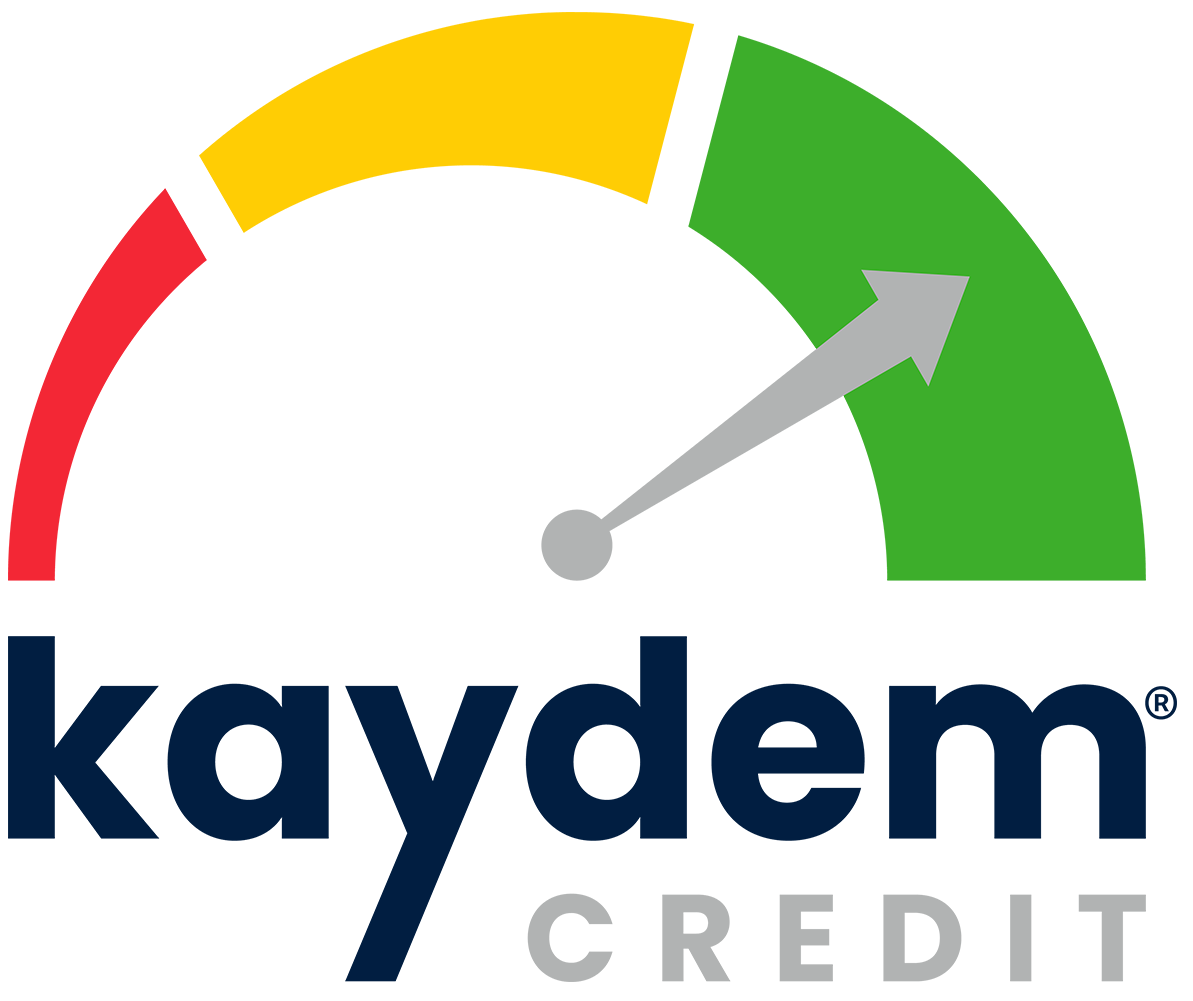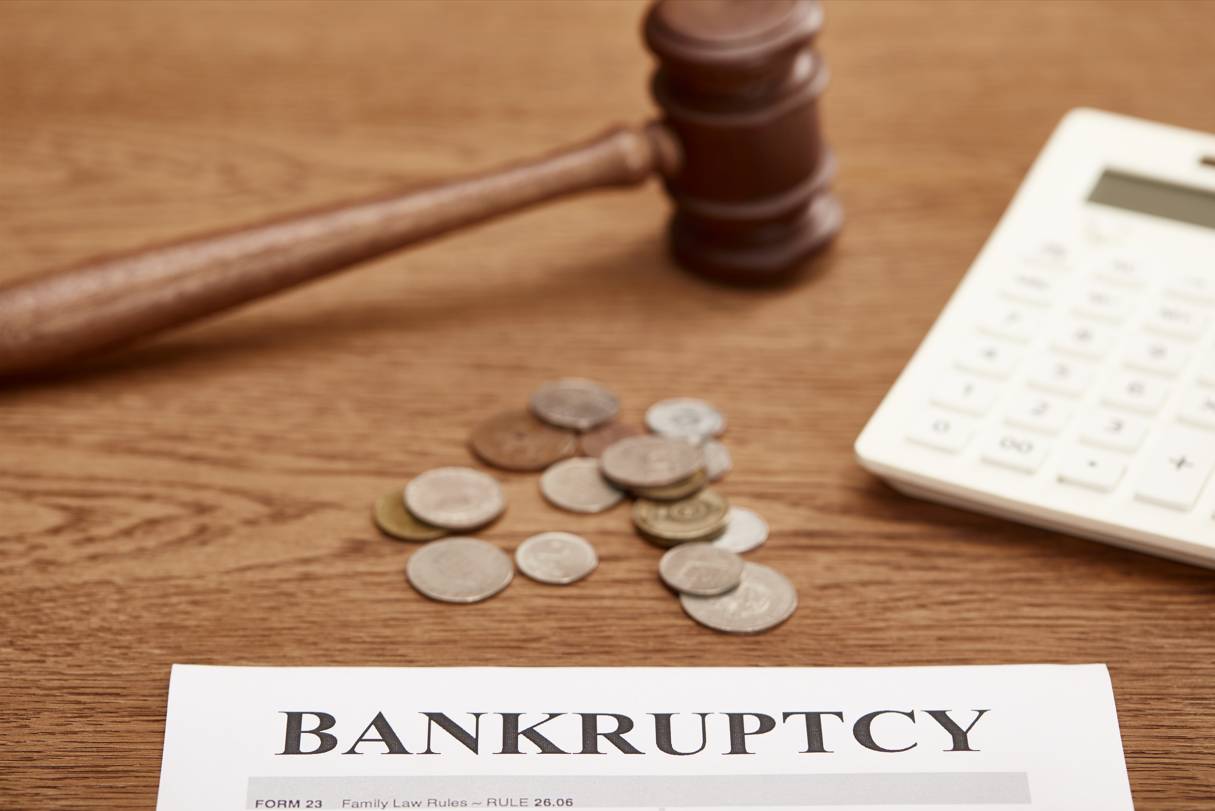Navigating the complexities of bankruptcy can be daunting, yet it’s a necessary step for many individuals and businesses seeking relief from insurmountable debt. The U.S. Bankruptcy Code offers several paths to financial recovery, prominently through Chapters 7, 11, and 13, each designed with specific circumstances in mind. This article sheds light on the differences between these options, providing a clear comparison to help you or your business determine what bankruptcy chapter to file. With the right choice, bankruptcy can offer a beacon of hope, leading to a more manageable financial future.
What Bankruptcy to File: Chapter 7,11, or 13?
Chapter 7 Bankruptcy: Liquidation
Chapter 7 bankruptcy, often referred to as “liquidation” bankruptcy, is designed to provide relief to individuals and businesses overwhelmed by debt. The primary goal of this chapter is to settle debts by liquidating the debtor’s non-exempt assets. This process allows debtors a fresh start by clearing most of their existing debts (with some exceptions like student loans and alimony).
To qualify for Chapter 7, applicants must pass a means test, which compares their income to the median in their state for their household size; if their income is too high, they may have to file under a different chapter.
Other eligibility criteria include not having had a bankruptcy petition dismissed in the previous 180 days due to willful failure to appear before the court or comply with orders, and receiving credit counseling from an approved agency within 180 days before filing.
Pros:
Cons:
The Process of Chapter 7 Bankruptcy
The process starts by filing a petition in bankruptcy court. Debtors must submit documents detailing assets, debts, income, expenditures, and financial situation. Once filed, an automatic stay halts most collection actions against the debtor or their property.
A bankruptcy trustee is appointed to oversee the case and is tasked with examining the debtor’s submissions, selling off non-exempt property to pay creditors, and disputing any aspects of the case, such as non-dischargeable debts.
Depending on state laws debtors can keep exempt property necessary for daily life, like a basic car, work tools, and some home equity. Non-exempt assets, which might be sold, can include a second car, vacation home, stocks, or valuable collectibles.
Chapter 11 Bankruptcy: Reorganization
Chapter 11 bankruptcy, often termed “reorganization” bankruptcy, is primarily aimed at businesses, allowing them to continue operating while restructuring their debts. This chapter allows a business to remain operational, retain its employees, and maintain its value as an ongoing entity while it engages in discussions with creditors to restructure its debt terms. It’s also available to certain high-debt individuals who exceed the debt limits of Chapter 13.
Both businesses (including corporations, partnerships, and sole proprietorships) and individuals can file for Chapter 11 if they face overwhelming debt but seek to restructure rather than liquidate. Unlike Chapter 13, there are no explicit debt limits for filing under Chapter 11, making it suitable for large-scale reorganizations.
Pros
Cons
The Process of Chapter 11 Bankruptcy
The bankruptcy process starts when a bankruptcy court receives a petition, either voluntarily filed by the debtor or involuntarily by creditors. After the petition, the debtor must submit detailed financial information and propose a reorganization plan. This plan outlines the company’s future operation strategies and how it intends to pay off debts.
Chapter 11 bankruptcy features the “debtor in possession” concept, allowing the debtor to keep control over business operations and assets during reorganization, under court supervision. A creditors’ committee might be set up to protect unsecured creditors’ interests, helping negotiate the reorganization terms.
For the plan to advance, it needs court approval, to demonstrate its fairness and feasibility. Once approved, the debtor must follow the plan, typically involving payments to creditors over several years.
Chapter 13 Bankruptcy: Repayment Plan
Chapter 13 bankruptcy, often known as the “wage earner’s plan,” allows individuals with regular income to develop a plan to repay all or part of their debts. Unlike Chapter 7, which involves liquidating assets to pay off debts, Chapter 13 focuses on debt adjustment and allows debtors to keep their property while making structured payments to creditors over three to five years.
To be eligible for Chapter 13 bankruptcy, individuals must have a stable and regular income sufficient to cover their monthly expenses plus their repayment plan. There are also debt limits for Chapter 13 filers; as of this writing, unsecured debts must be less than $419,275, and secured debts must be less than $1,257,850. These amounts are adjusted periodically for inflation.
Pros
Cons
The Process of Chapter 13 Bankruptcy
The debtor outlines a repayment strategy, specifying how they intend to settle their debts over a span of three to five years. This strategy necessitates dedicating a portion of the debtor’s future earnings to repaying debts, prioritizing obligations like taxes and child support.
Upon submission, both the bankruptcy trustee and the creditors scrutinize the proposed plan. It then requires the court’s approval during a confirmation hearing. The trustee is tasked with the distribution of the debtor’s payments to the creditors, adhering to the agreed terms of the plan.
Completing all payments as stipulated by the confirmed plan results in the debtor being absolved of the remaining dischargeable debts. Consequently, they are no longer under any legal obligation to pay those debts included in the bankruptcy filing.
Side by Side Comparison – Chapters 7, 11, and 13 Bankruptcy
Eligibility Requirements and Process Overview
The Outcome for Debtors’ Assets and Debts
Duration and Overall Impact on Debtors’ Future Financial Status
Each bankruptcy chapter serves different needs and offers various paths toward financial recovery. The choice depends on the debtor’s situation, objectives, and long-term implications of each bankruptcy type on their future financial status.
Final Thoughts
Choosing the right bankruptcy chapter is crucial for effectively managing and overcoming financial challenges. Different bankruptcy options cater to varied needs, offering paths to eliminate or restructure debt while considering asset retention and future impact.
Given the complexity and significant consequences of declaring bankruptcy, it is critical to conduct a comprehensive assessment of one’s financial circumstances when choosing what bankruptcy chapter to file. It is strongly advised to seek expert legal counsel to ensure decisions are well-informed and aligned with personal or business financial objectives. By adopting this approach, the debtor can secure a more beneficial result, harmonizing immediate relief with sustained financial well-being.







